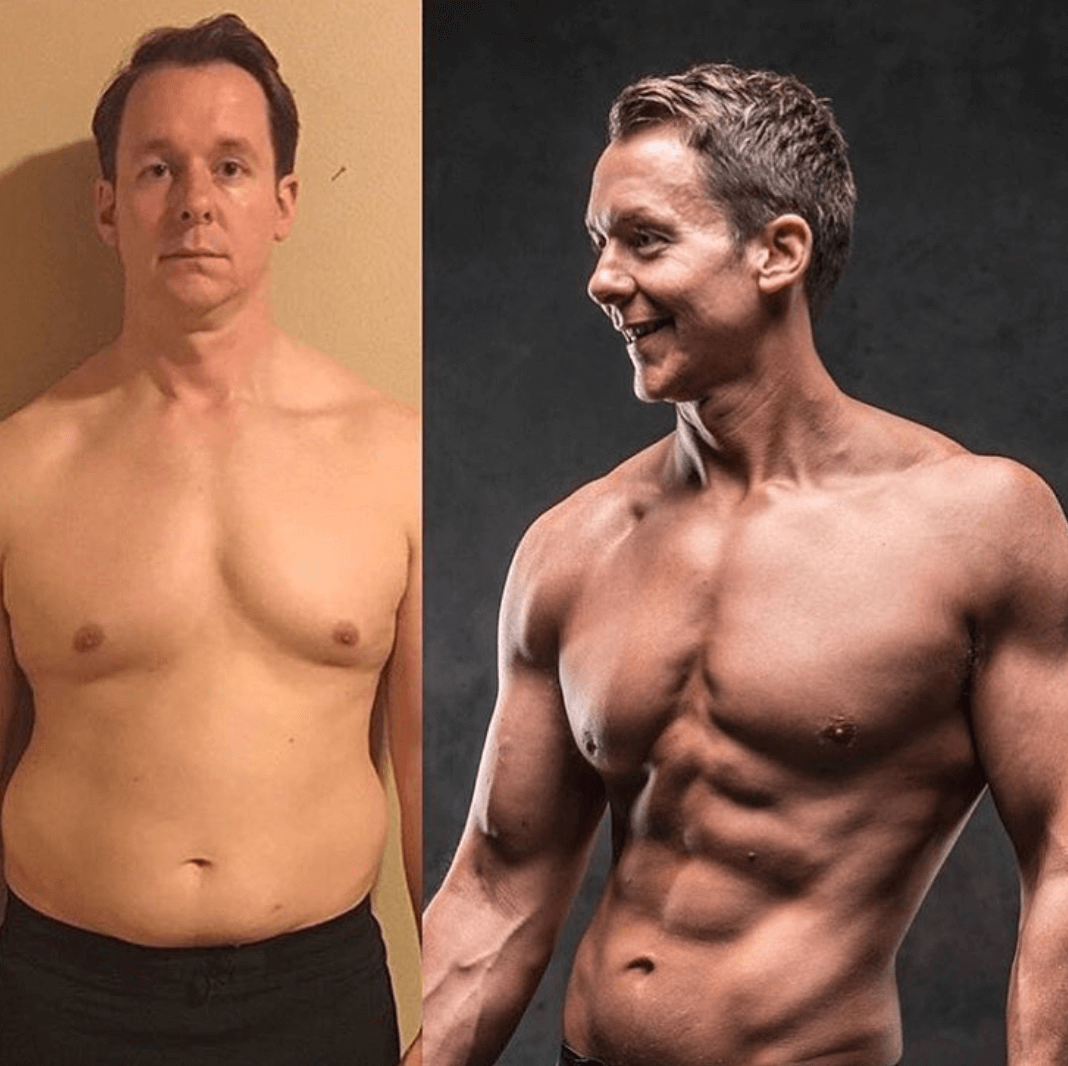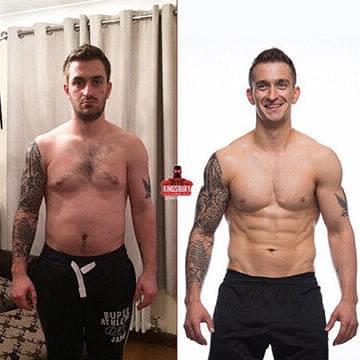Fat loss as a subject is massively overcomplicated by the media and health and fitness industry. Generally, they are either trying to sell you something or just applying good old click bait tactics.
Losing weight isn’t as complicated as a lot of people are lead to believe.
It doesn’t require drastic diets, extreme measures or big restrictions.
The techniques required to see consistent and substantial fat loss are fundamentally quite simple. The difficulty comes from the organisation and planning to be consistent and on track for long enough to see progress. After all, adding body fat takes a dedicated and consistent calorie surplus, so it shouldn’t be any surprise that losing weight takes dedication and consistency too.
1. Get in a calorie deficit
Have you ever been told that calories don’t matter for fat loss?
Whilst not all foods are created equally when it comes to calorie absorption and utilisation your energy balance does determine whether you lose fat or not.
If you create a calorie deficit you will lose weight.
The fat loss diet trends at the moment seem to be
· Intermittent fasting
· 5:2
· Keto diets
· Gluten free
· Paleo
· Intuitional eating
· Plus, many more
None of these are technically weight loss diets as they are only weight loss diets if you lose weight.
The only actual weight loss diet is
· A calorie deficit
This one doesn’t call for restriction or big changes to make up for poor calorie control.
If you have to cut food groups or fast for 24 hours to hit your calorie deficit then you are making it overly hard for yourself. Get the basics right with your calories and you can still enjoy all foods and don’t need to do anything daft.
The two most important things here are calculating your calories and then sticking to them.
When calculating your calories don’t get carried away with calories burned through exercise, most fitness trackers are miles off.
Instead use an overall formula like Harris Benedict formula or a reputable online calculator.
Knowing your calorie goals is one thing, actually hitting them is something entirely different. It isn’t easy.
Go too low throughout the day, then blow it all at night and lose no weight.
Go too high and gain weight.
Get it just right and lose weight consistently. This is the best option.
Some people use a calorie tracker like myfitnesspal to tally up calories and get it right this way. Personally, I prefer to follow a simple meal plan and stay on track this way.
2. Get your macros fit for purpose
Whilst you can eat anything you like within your calorie budget and still lose weight this isn’t a good option.
Unless you the body composition of a jellyfish
Whilst a diet consisting only of twinkies will result in weight loss, long term positive body composition changes will require a sensible macro approach.
Calories mostly come from 3 sources: carbohydrates, protein and fat. Fat contains about 9 calories per gram, while carbs and protein contain about 4 calories per gram.
For effective fat loss there isn’t a one size fits all approach to macros.
The most effective macro breakdown is the one that is high in protein and that enables you to hit your daily calories consistently
This could be a split like
33.3% of calories from carbs/33.3% of calories from protein/33.3% of calories from fats
40% of calories from carbs/30% of calories from protein/20% of calories from fats
20% of calories from carbs/40% of calories from protein/40% of calories from fats
They all will work.
Whilst lower carb diets may help to facilitate better fat loss at equal calories to other breakdowns, the crucial thing here is you simply need to hit your deficit with adequate protein intake.
3. Exercise and be active
Living a “healthy life” is a pretty good idea it turns out. You don’t need to be a beast in the gym or run marathons for health and longevity, just being active and getting in regular exercise will do it.
As humans we aren’t made to sit at a computer screen all day or in the car for hours. We are meant to be out and about chasing animals and stuff, being generally active.
Increasing your activity levels increases your calorie expenditure, this means you can eat more to lose weight than if you are not active.
Pretty simple.
The types of exercise you choose will affect your results and your body composition.
Weight training is generally the base for all the plans I write (unless goals are specific – endurance sports for example).
Weight training will help prevent atrophy (muscle loss) whilst in a calorie deficit, under certain circumstances it may also encourage muscle hypertrophy (muscle gain) whilst in a calorie deficit.
3 weight training sessions a week for the majority of people is sufficient.
Whilst cardio isn’t essential for fat loss, it is a useful way of burning extra calorie and it provides a number of health benefits. I recommend a combination of LISS and HIIT if time allows for health benefits and increasing energy expenditure.
In addition to all your scheduled exercise there is also NEAT (Non-exercise activity thermogenesis) this is all the movement that isn’t planned exercise, walking round the office, gardening, taking the stairs, running after a bus etc.
This activity really does add up and help with fat loss and general health.
The key with exercise is balancing it with your energy intake to ensure you are in a calorie deficit.
If you aren’t in a calorie deficit, then every other point here is irrelevant for fat loss.
So, be active and hit your deficit.
4. Set goals and get accountable
It’s easy to put things off.
I’ll start in January.
After my holiday would be a good time to start.
I have a wedding to go to in 2 months so there isn’t any point starting yet.
We’ve all been there, but putting off achieving your goals never works, something will always get in the way of starting.
There is no perfect time to start.
So, start now.
Set yourself a goal for each day this week.
Set yourself a goal for next month.
Set yourself a goal for the year.
With these goals don’t just keep them to yourself. Being accountable to others will make a drastic difference to your success. Whether you hire a trainer, rope in a friend or just tell everyone, it will help.
5. Enjoy the process
If you don’t enjoy the process of getting in good shape you won’t enjoy the process of staying in shape much either.
You need to find an exercise routine you can imagine doing forever not just 2 weeks before summer hols. You also need to find a balance in your nutrition so you know that in 3 years’ time you can be following the same way of eating.
The biggest problem I see is people think they need to go from no activity to training 7 days a week or drop from 3500 calories of junk food to 1200 in one go. Drastic changes are not enjoyable or sustainable and to master your health and fitness you need to work at it continually.
If you enjoy eating bread, don’t stop eating bread.
Just get your calories right.










